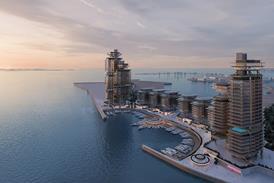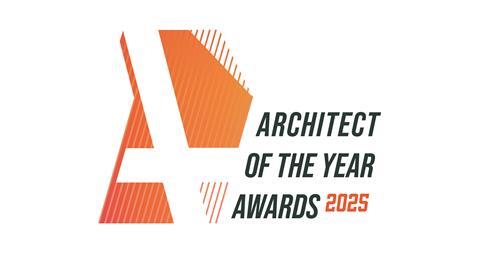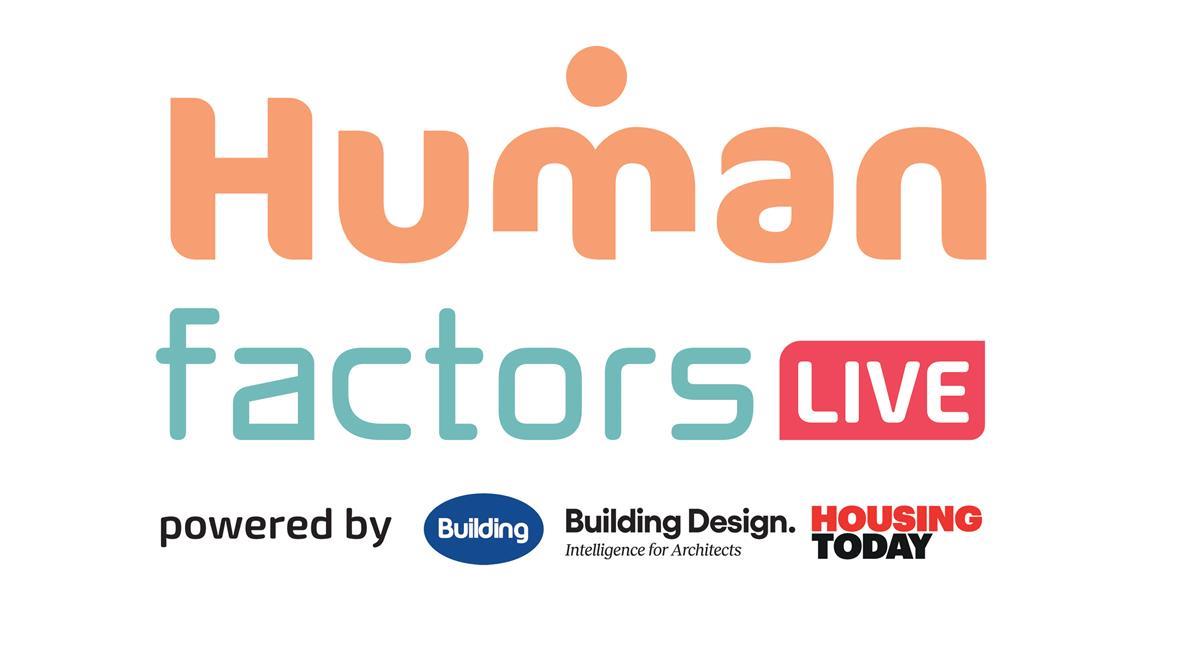As new figures show building emissions on the rise, Anna Beckett argues that without consistent embodied carbon data, the construction industry is flying blind – and risking failure on climate targets

Last week the Department for Energy Security and Net Zero released provisional greenhouse gas (GHG) emissions for 2024. As you might imagine, it’s not the most accessible document, but it does provide some quite interesting insights. In 2024, the GHG emissions for the UK had reduced 4% from the 2023 values and 54% compared to 1990, largely due to more renewable energy and the closure of blast furnaces for steel production.
But the picture doesn’t look quite so great for us in the construction industry. Of the six sectors that emissions are provided for, only one sector has higher emissions than 2023 and yep, you’ve guessed it – “Buildings and product uses”.
It’s only a small increase of 2%, and “product uses” covers a few things that aren’t really building related, but it does suggest that for all the efforts we’re making to reduce carbon, we might not be achieving that much. But the report is only really related to operational carbon for buildings rather than embodied carbon, so maybe we’re making big savings there instead?
It turns out, for all the measuring of carbon that we’re doing, it’s remarkably hard to find a set of values that give an up-to-date picture, but research conducted by Deepki starts to plug some of the gaps. They used data from a large number of different assets, broken down by sector, to give a picture of year-on-year emissions from the construction industry. The results are not great reading – in almost all sectors the carbon emissions had increased since 2023, but they were better than the values from 2022.
We need to work harder, and we need to do it more quickly
UKGBC also publish a progress report against their “Net Zero Whole Life Carbon Routemap”, but this was done most recently in 2023, so the data is a little bit out of date. The report suggests that built environment embodied carbon emissions reduced by 4% between 2018 and 2022, but this is mostly due to a massive dip in construction during 2020, with embodied carbon increasing again in 2021 and 2022. And the routemap suggests that during that time emissions needed to reduce by 17% for us to be on track.
So what is the answer? Are we actually getting worse? Or do we just not have enough data to be able to tell?
Well, firstly it’s important to remember that for many projects there is still no formal requirement to measure or report embodied carbon, which means that the data obtained by UKGBC, Deepki or anyone else will only ever give part of the picture – and possibly that’s the slightly better part. But equally, when you’re trying to make this kind of industry change, it’s unlikely that you would see consistent year-on-year reductions every year.
And it’s possible that what’s actually happening is that we are reducing embodied carbon on our projects, but we’re also building more buildings. The idea that if we reduce embodied carbon we can still build whatever we want is often the perception, but is a little bit like a fad diet.
Ultimately, to consistently reduce carbon we have to build less – and that’s the real challenge: how can we build less and deliver more? Especially when there are buildings that are desperately needed, like the 1.5 million new homes that the government are promising.
Surely the only way we can hope to do that without a significant carbon impact is to repurpose what we already have – to make use of the empty or under-utilised buildings up and down the country and, wherever possible, retrofit rather than build new.
While it feels like we’ve been on this journey for a while, the battle to reduce our embodied carbon is really only just beginning. We need to work harder, and we need to do it more quickly. But right now, we need to measure embodied carbon and be open with that data, because without it we will never know if we’re succeeding.
Postscript
Anna Beckett is an associate director at Buro Happold
















1 Readers' comment